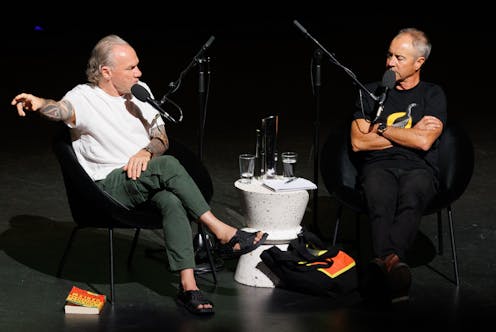Tony Birch on the writing of Kim Scott
- Written by Tony Birch, Boisbouvier Chair in Australian Literature, The University of Melbourne

I was first struck by the power of Kim Scott’s writing while I was far from home, in both a physical and cultural sense. In 2003, I was in the United States, staying at Harvard University, outside Boston. I’d been invited to speak at an Australian Studies conference. The gathering attracted major Australian writers and thinkers, including Gail Jones, Frank Moorhouse, David Malouf and Meaghan Morris.
Our hosts were generous, accommodating us at the well-appointed Harvard Inn, where we enjoyed the hospitality of big beds, big bathtubs and, in the tradition of American culinary excess, big servings at every meal. Although I’m a non-drinker, I enjoyed the company at the nightly gatherings in the inn with other conference attendees. We shared stories and engaged in civil debate, while several of my Australian colleagues liberally sampled the many Australian wines on offer. By the evening of the last day of our visit, the cellar lay almost bare, with not a drop of Australian red or white to be found.

















